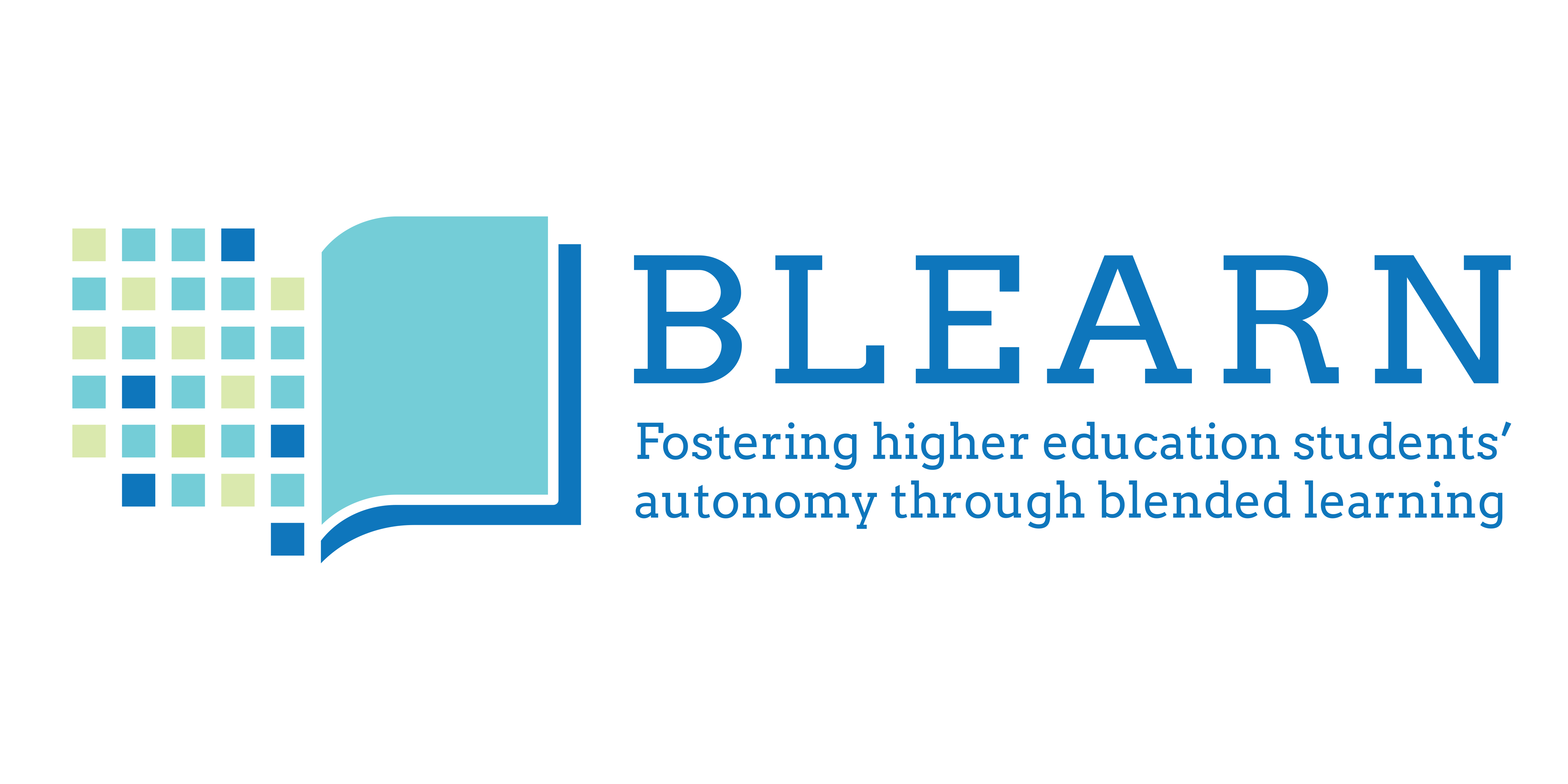Changing Pedagogical Practices
● Polling the opinion of students provided basis for change in online designs
● Supporting learning through students’ portfolio construction created sustainability in education
● Assessing the portfolios by interacting with students made them more inclusive and democratic
● Instant online feedback to inspire active learning fostered learning an engagement in improvement
● Hidden online student presence emerged as a pedagogical concern for teachers
● Practicality of portfolios under scrutiny increased the awareness of impact
● Adapting ‘low fire and slow cooking’ led to a deeper learning process
Text
BLEARN_AUTONOMY interviewed thirty-nine teachers in six universities located in France, Norway, Poland, Portugal, and Spain. They elaborated on their experience with digital tools for teaching before, during and after the lockdowns and the travel restrictions that were implemented to curb the spread of the COVID19 virus.
The changing interactions between teachers and students became a cornerstone of those conversations. Although universities normally circulate satisfaction surveys among students, some institutional leaders and many teachers are exploring more qualitative sources of information. Debates with students’ councils proved effective in a few cases. A complementary strategy lies in taking stock of sequences of students’ work and teachers’ feedback. In general, universities might endow themselves with sound monitoring systems by assessing teaching with synthesis of teachers’ reports on their courses and peer-review exercises between teachers themselves.
The resulting evidence may significantly strengthen the pedagogy of higher education. Qualitative knowledge about the active (or passive) role of students in learning certainly widens the frontiers of innovation. This information would detect certain bottlenecks related to old routines at the same time as it would report on previously unacknowledged students’ problems with learning. Interestingly, this source of evidence would spell out contrasting views about the pace of learning, for instance, wrong students’ assumptions about achieving the learning outcomes of a subject by simply watching many video recordings of lectures in a row.

